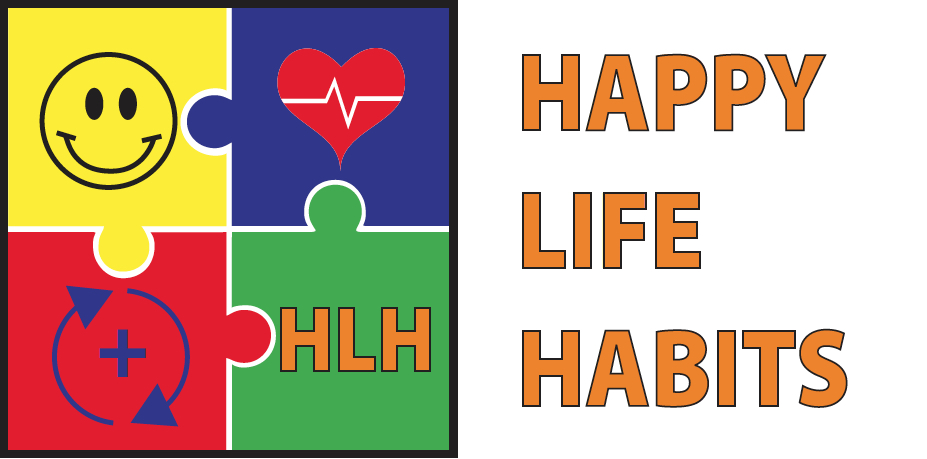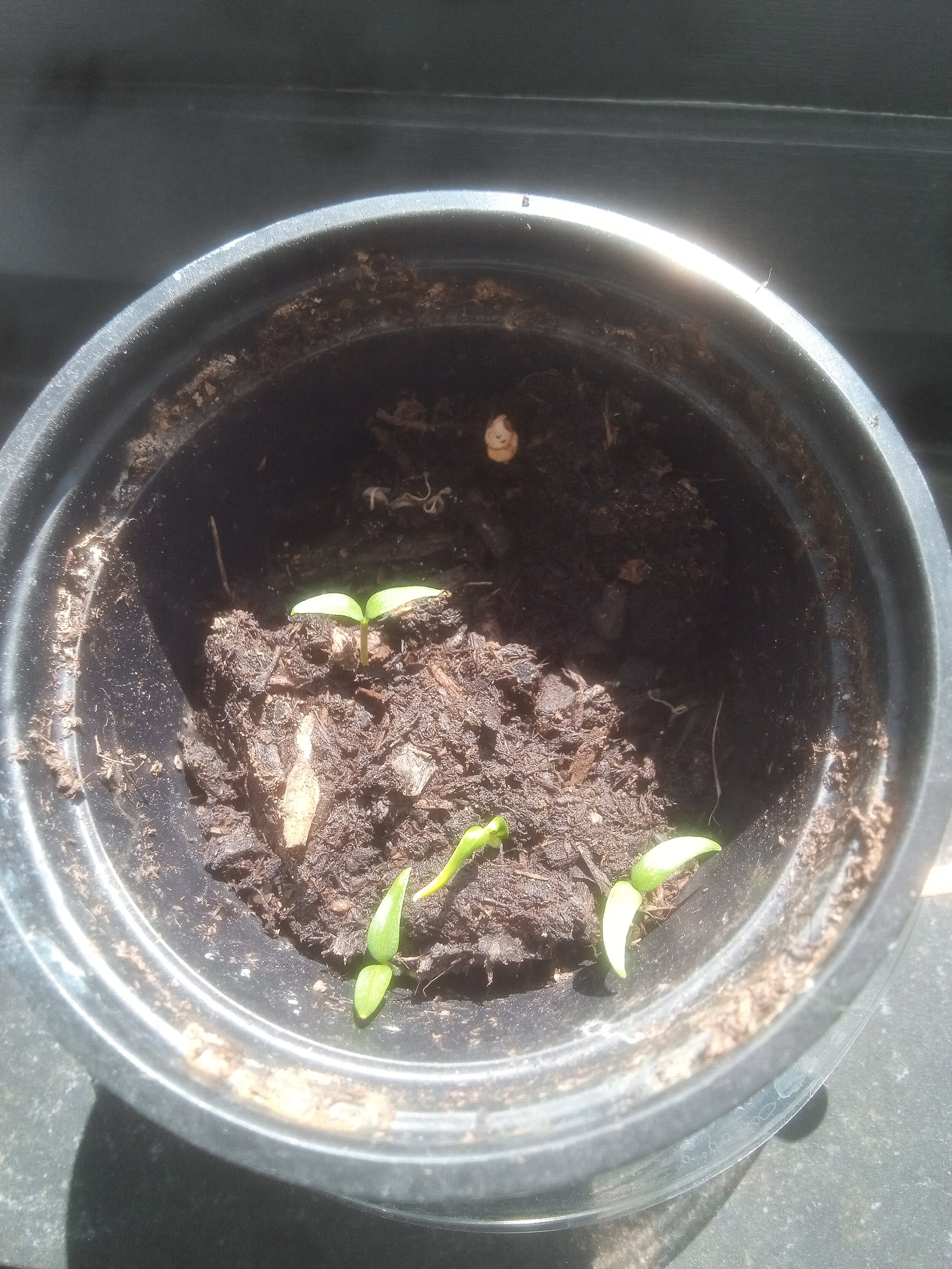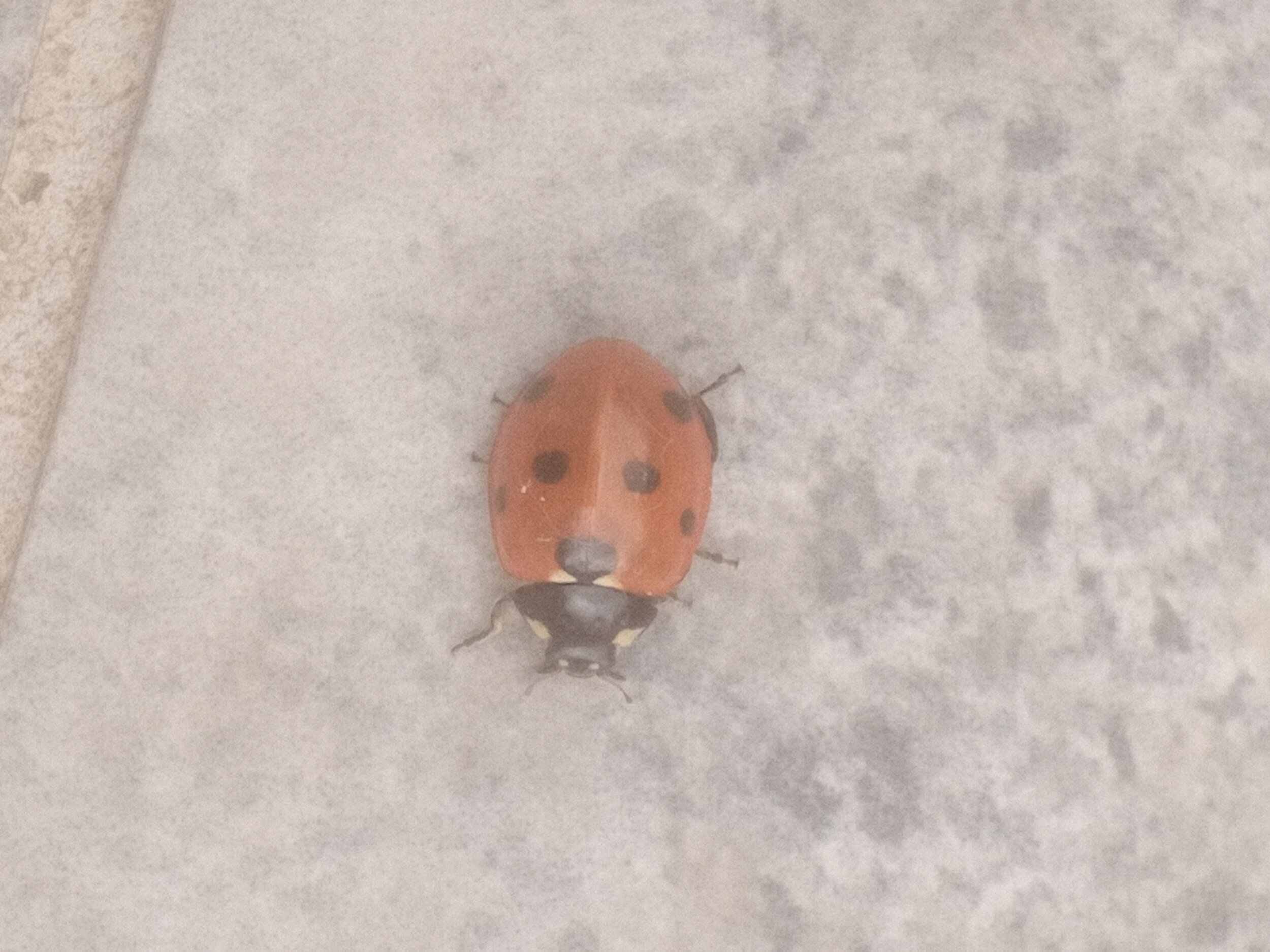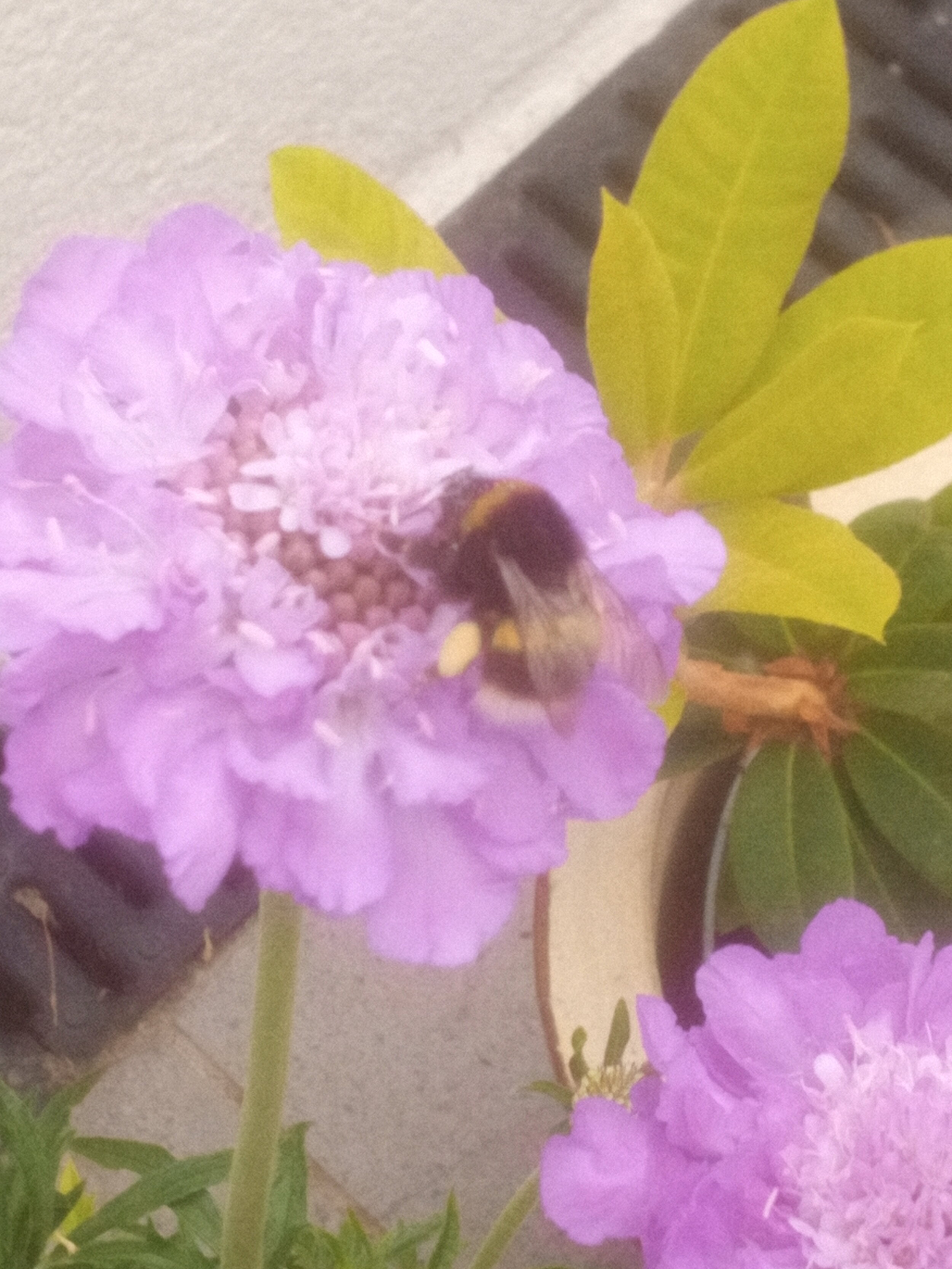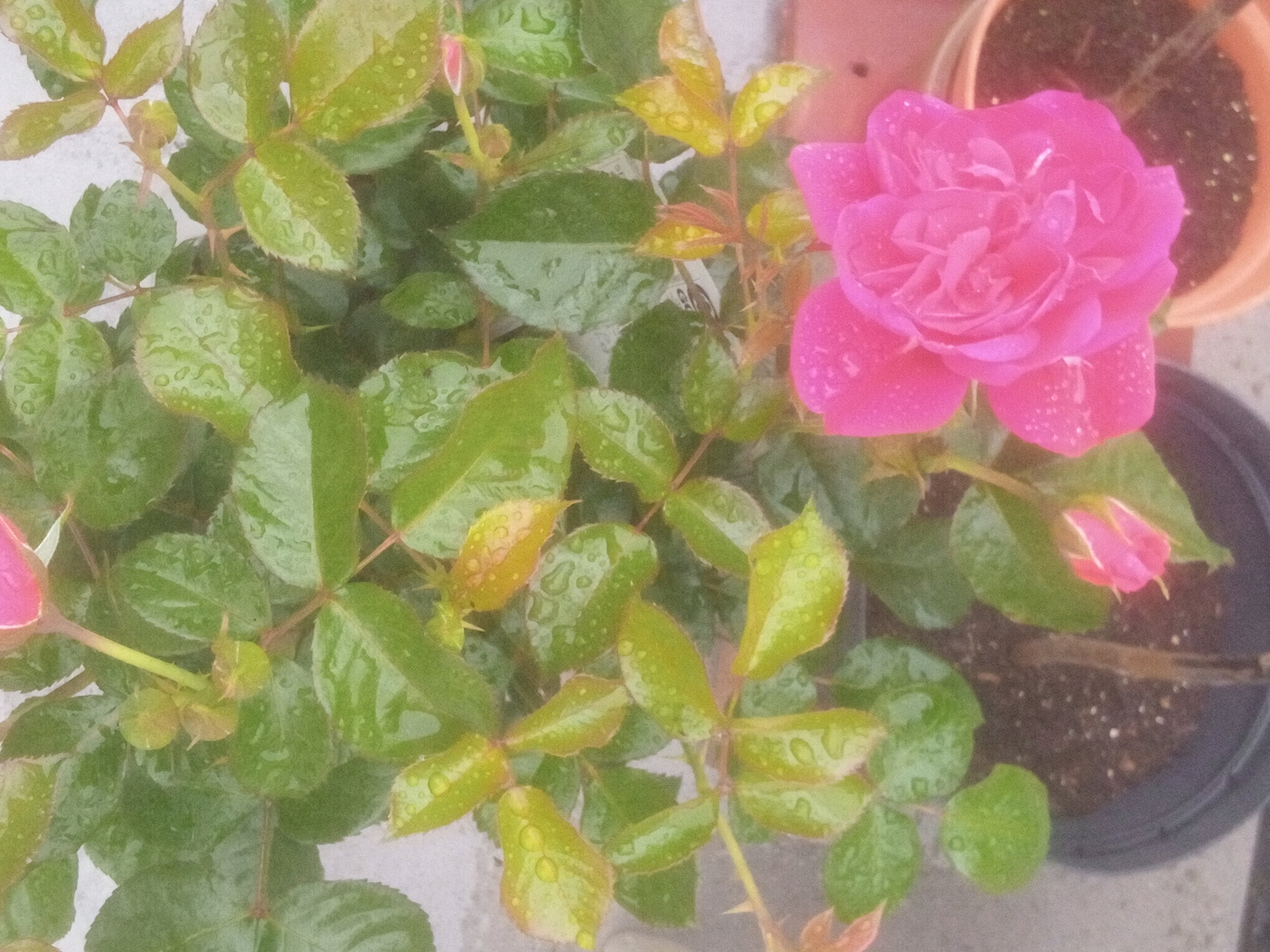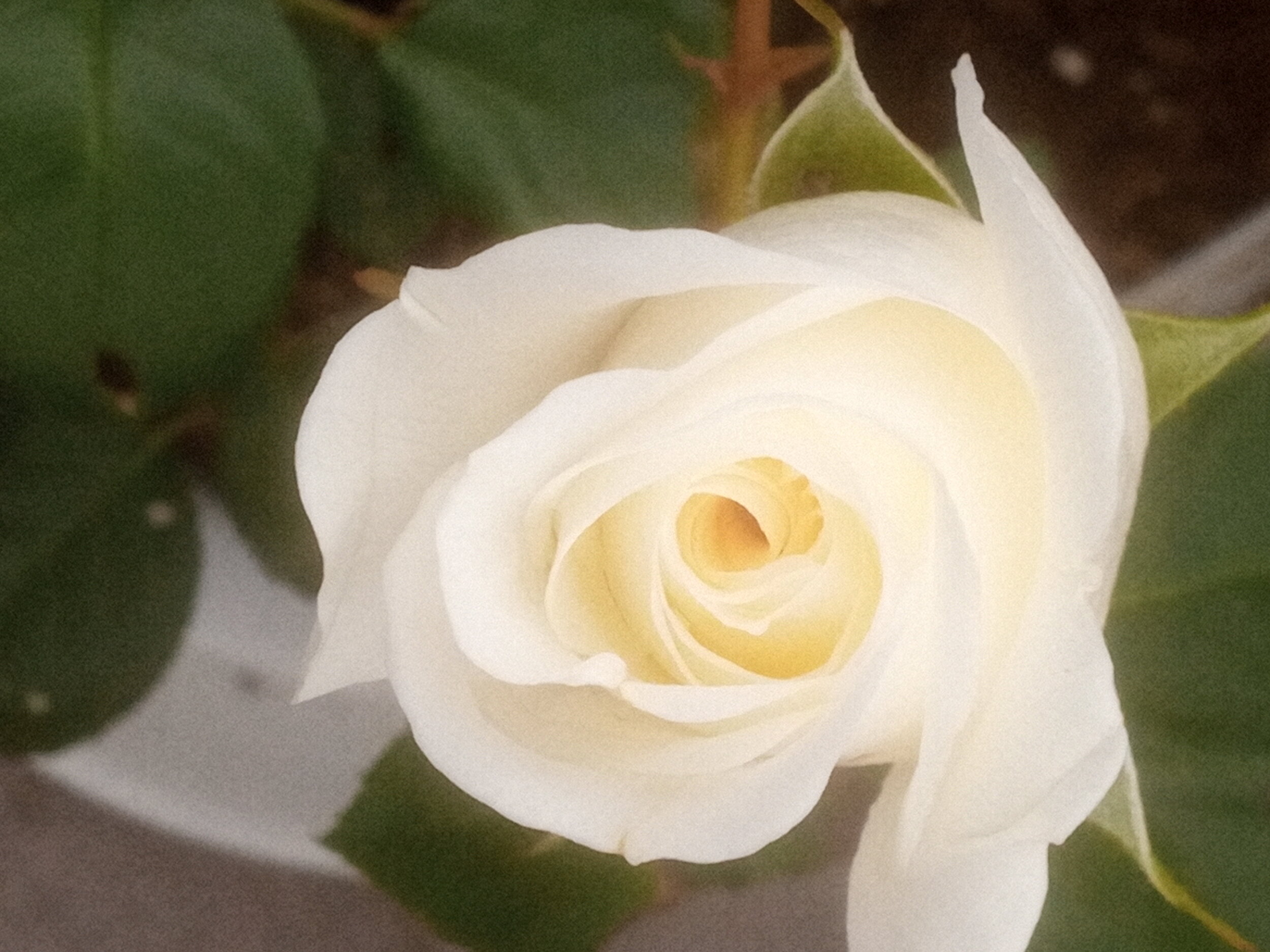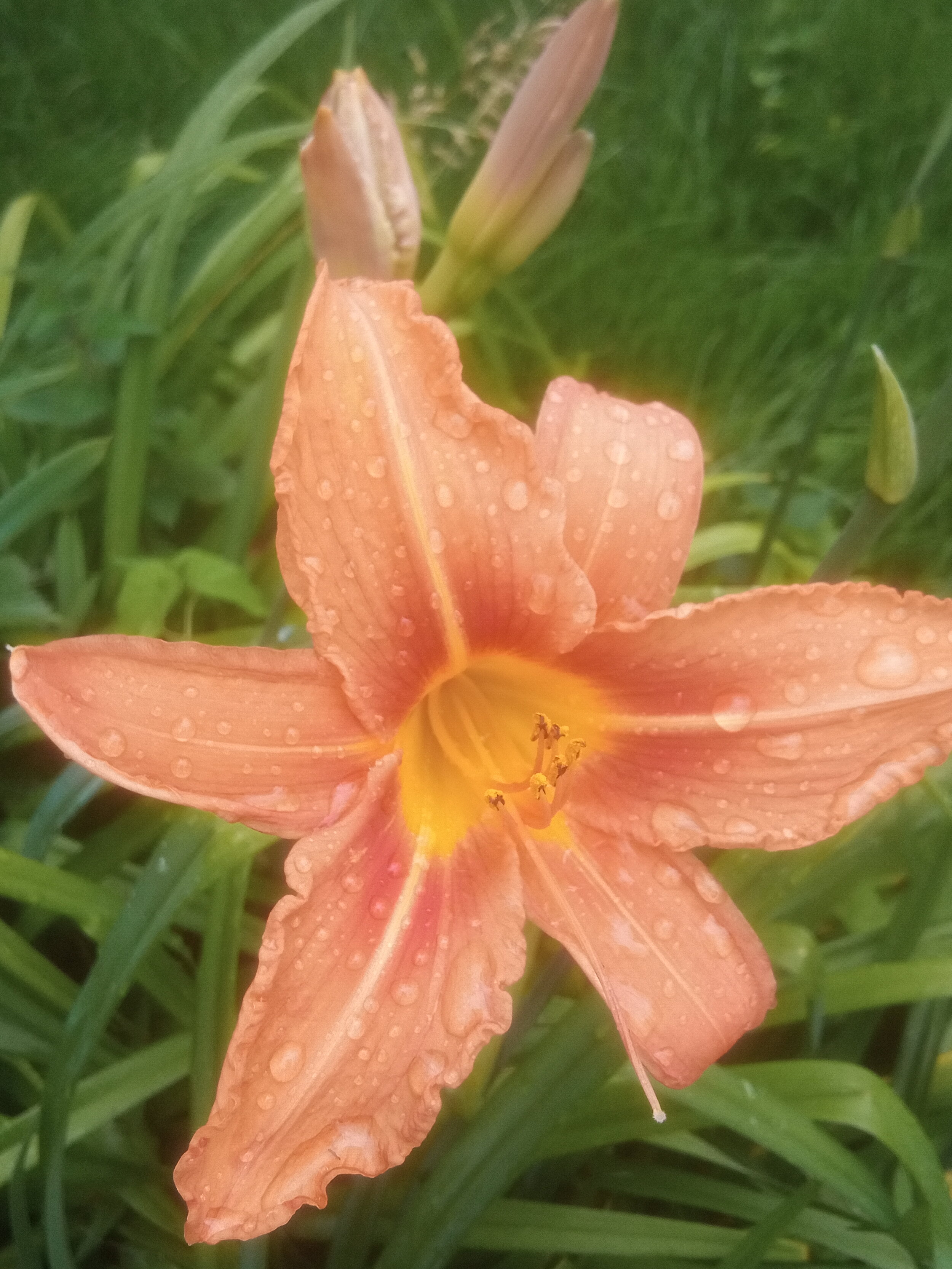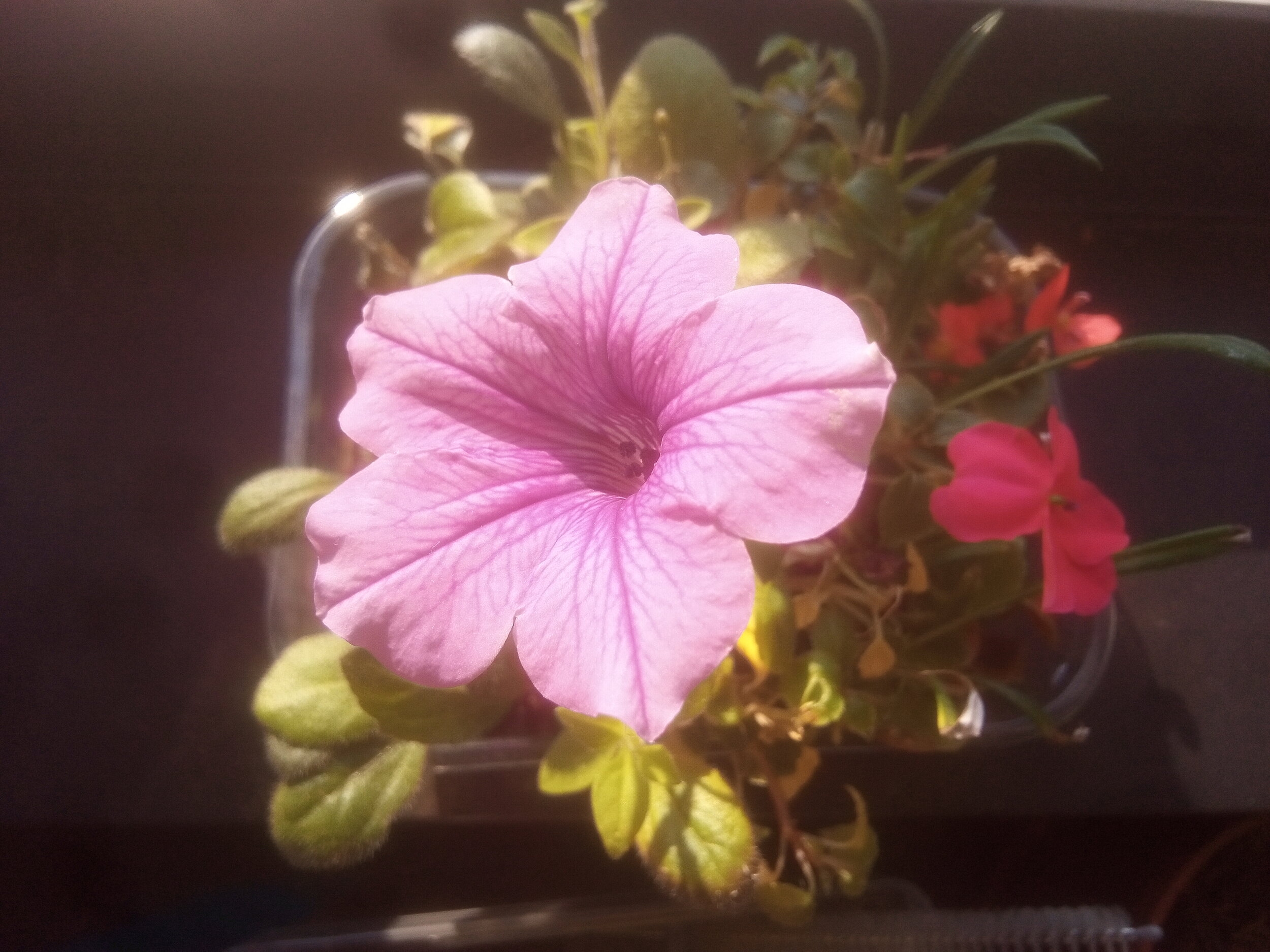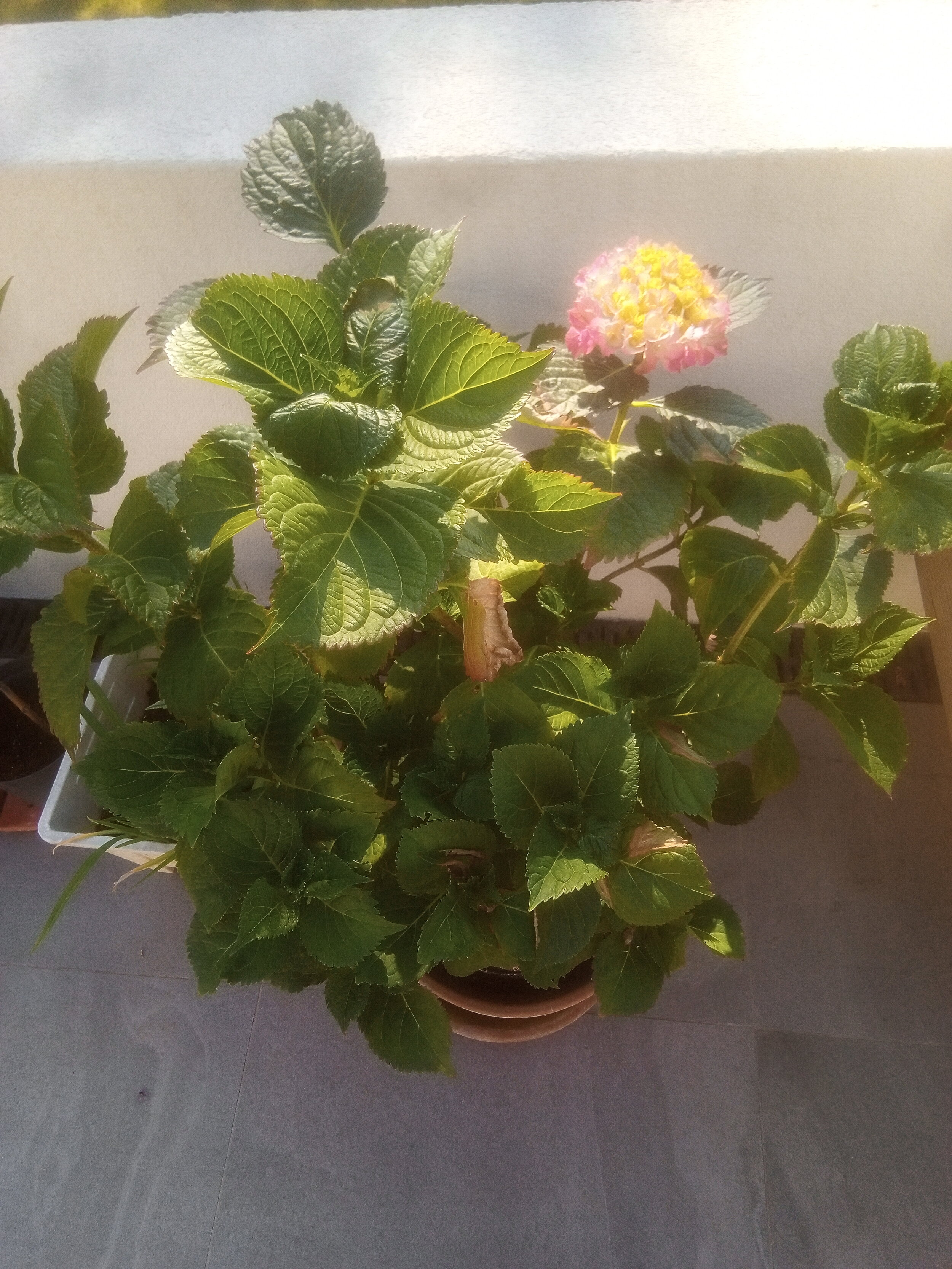I GOT HIGH ON GRASS, WEED AND POT
I GOT HIGH ON GRASS, WEED & POT
It’s been tough times with many challenges, stresses and emotions to deal with. Some dealt with well and some not so well. To help I have turned to grass, weed and pot. Here I share some of those experiences, insights and learning.
I am not talking about getting high on grass, weed or pot in the sense of drugs but about positive emotions from gardening and nature.
Grass
The grass is greener where you water it
Neil Barringham.
During Spring I took out the lawnmower and cut the lawn. Then many weeks passed and the grass grew and grew. Once again I took out the less than 1 year old lawnmower, set it to the lower setting to cut the grass very short and started to mow the lawn. The lawnmower was hard to push, struggled and did not make a lot of headway. Then it stopped working. Could it be the fuse, the socket, the extension lead, the lawnmower? I checked the lawnmower cord into the extension lead, that was fine. I checked the extension lead into the wall socket and that it was switched on - that was fine too. I plugged in another device in the wall socket to confirm socket was fine, did the same with the extension lead. They were all fine, so by process of elimination the problem was with the lawnmower or its cord/plug. Changing the fuse made no difference. Was the lawnmower still in warranty? Was it going to cost a fortune to solve?
I unplugged the lawnmower, turned it upside down and checked the blades etc. The long grass had got entwined around the blade spinner (hover mover) and stopped it from spinning. Slowly I removed all the strands that were wrapped around, plugged in the mower, and started it. The joyous sound of a whirling blade was heard. A few weeks later I cut the grass again on mid height setting and also used strimmer. So what were the lessons learned?
Lessons learned
If you try to cut too long a grass with too low a setting it won’t work. You have to tackle the challenge with the right setting. To be effective, the ability to produce and the capability of producing need to be on par. Too big a challenge without the correct ability will lead to failure.
When you have a big problem, break the problem down into smaller chunks and tackle each one to identify where the actual problem is.
Once you identify the problem establish if you can fix it yourself or need expert help
For maintaining a good lawn or anything else it requires regular attention /cutting/ routines at the appropriate frequency be that daily, weekly, monthly, quarterly or yearly.
Know which tool to use for which problem. If the only tool in your tool box is a hammer all your problems will look like nails. Use correct tools for the correct job, using the strimmer or hand shears to cut the long grass may not be the best approach. Using a spade would be the wrong tool for the job.
Stephen Covey 7th Habit : Sharpen the Saw - keep the saw sharp to do the job. Keep learning, investing and developing yourself.
Establishing, investigating and resolving the problem myself gave a satisfaction and affirmed my growth mindset and provided an entry for my happiness journal - I could have got a gardener to do the job. Where and when appropriate I get the correct help involved.
What is needed for Growth (Pot)?
What is needed for Growth?
.
When I Google to see what is need for growth, in particular plant growth the results shown vary from 4 to 7 things. The four things are best described with this acronym: LAWN
L = Light - Sunlight
A = Air - Carbon dioxide
W = Water - H20
N = Nutrients - Soil etc
The magic of photosynthesis in plants takes water (Carbon dioxide) + Water + Energy from light to transform it; using Chlorophyll; into food (glucose) and oxygen.
The additional items are : The right temperature, room to grow (space) and time - it is not overnight.
Similarly for our growth we need the right environment (air to breathe, water to hydrate, food for nutrients, people, etc), goals to grow towards (sunlight), space to grow - not be constrained or limited by our thinking, beliefs, fears and time. We often also need a catalyst like the Chlorophyll to create that growth transformation - this may be internal or external.
What makes the plant strong and build resilience is exposure to challenge - rain, wind, sun, insects, etc. Similarly challenge helps us grow and develop resilience. The plant if in a pot needs to be in the right size of the pot, as it outgrows the pot it should be re-potted into a bigger pot so it has space to grow. Likewise we need to move out of our comfort zone into a slightly bigger zone, grow and keep going. If we try to move out too far too fast, similar to a seedling being put into a very large pot it will struggle.
Strong, deep roots are needed.
Here is an interesting video shared by KarmaTube about how trees talk to each other thought their roots.
Gardening & Community Gardens
We might think we are nurturing our garden, but of course it’s our garden that is really nurturing us” -Jenny Uglow
Many thanks to Devi for sharing the above quote in the Happy Life Habits Community Facebook Group.
Being in nature and gardening have many beneficial effects. Some I have experienced when gardening, tree planting, working in a community garden or being in nature are relate to the happiness/health dimensions of Physical, Mental, Social/Emotional and Spiritual :
Connection
Community
Mindfulness, Present moment awareness
Focus, Distance from our troubles
Relaxation, Therapeutic
Nurturing growth
Working with our hands
Vitamin D
Noticing smells, the air and watching the wildlife
Reminded of what we sow is what we reap
Pruning - get rid of habits, beliefs and things that don’t serve us to allow space for those that do
The greenness and expanse of nature has a calming and awe inspiring effect. The colour green is relaxing hence in TV studios they have the green room used before people go on air. This article shares the benefits of gardening and being in greenery.
Martine Drake from Mind in Enfield & Barnet took part in the Happy Life Habits 30 Day Gratitude & Journal Habit Immersion Training Course. She runs a community garden and has this to share:
Results suggest that community gardens were perceived by gardeners to provide numerous health benefits, including improved access to food, improved nutrition, increased physical activity and improved mental health. Community gardens were also seen to promote social health and community cohesion.
From my experiences running the garden for Mind in Enfield and Barnet, we have seen increased physical activity (including from walking to and from the site) and improved mental health mainly from being with other people in an attractive environment.
Weed
Weeds take no effort to grow and they grow quickly.
They take nutrients away from plants/flowers.
Negative thoughts are like weeds. They are an energy drain.
We have to put in effort to remove them, take them out at the roots, plough the land (mind) and plant the seeds we want to nurture, feed, cultivate, blossom and bear fruit.
The world is on a negative bias and the work of Barbara Fredrickson on positive emotions shows that we need a ratio of 3:1 of positive emotions to negative to balance out the negative. Likewise for a wonderful bloom we need to plant many more flowers than weeds so there is hardly any room for the weeds to grow.
We have to actively remove the weeds/negative thoughts and cultivate the flowers/positivity we want to blossom, enjoy and share.
“Happiness held is the seed,
Happiness shared is the flower” - John Harrigan
A request dear friend and reader.
(1) If you have enjoyed some of the articles I have shared and found useful please reply to shaileen@happylifehabits.co.uk and let me know.
(2) If you are not a subscriber to the Happy Life Habits email list - please sign up.
(3) If you think someone else might benefit from this please share with them.
(4) If you want to engage my services for coaching, speaking or training get in touch and lets see if we can create a win-win result.
If you want to receive articles, information on events and support Happy Life Habits sign up to the join the email list.
Happy Life Habits FaceBook Community Group
Happy Life Habits FaceBook Page
LinkedIn https://www.linkedin.com/in/shaileen-shah/
Shaileen Shah is a Happiness Coach, Speaker and Trainer. Previously having been in finance technology for the investment banking arm of RBS during the RBS takeover of Natwest, the RBS takeover of ABN Ambro and the financial crisis he has experienced the challenges brought by uncertainty, change and stress. He is certified in The Science of Happiness and shares through Happy Life Habits. Happy Life Habits Positively Impacts Happiness & Well Being Levels by creatively and uniquely combining Personal Development + The Science of Happiness + Spirituality. A business for Good. For more information see HappyLifeHabits.co.uk
